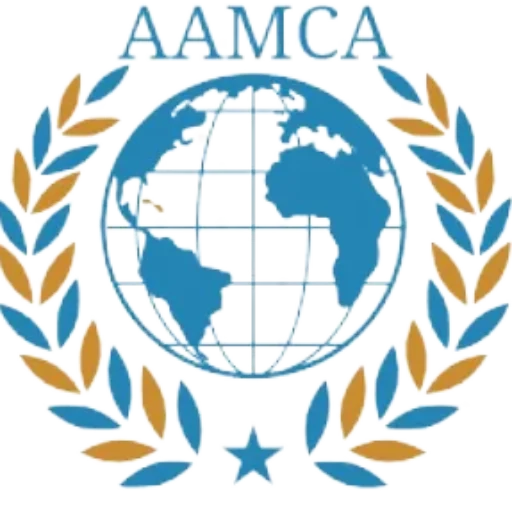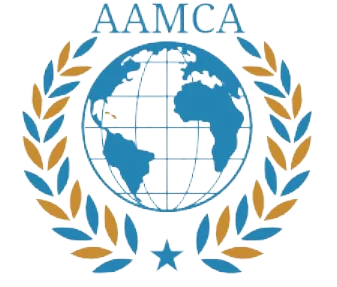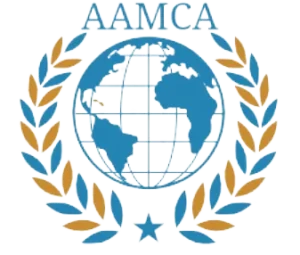Civilian Casualties and Aid Restrictions
The ongoing humanitarian crisis in Gaza has reached alarming levels, particularly concerning civilian casualties and the severe restrictions imposed on humanitarian aid. The situation has deteriorated to such an extent that it has captured the attention of international bodies, including the United Nations and the Security Council. Recent statistics reveal that, in the midst of conflict, a significant number of civilians have lost their lives while awaiting essential aid, a tragic reminder of the urgent humanitarian needs faced by the population.
Reports indicate thousands of casualties among civilians, with many victims comprising women and children caught in the crossfire. The impact of these civilian casualties is profound, highlighting the urgent need for an effective response to alleviate the suffering of those caught in this conflict. Residents find themselves in dire straits, as access to basic necessities such as food, water, and medical care is severely restricted due to ongoing hostilities. International calls have intensified for immediate action to address this crisis, with UN officials consistently urging for the relaxation of aid restrictions imposed by Israel.
The current levels of aid delivery starkly contrast with those from previous periods of relative stability. The significant decline in humanitarian assistance has exacerbated the suffering of the civilian population, making it increasingly challenging to meet their basic needs. These restrictions not only contribute to rising civilian casualties but also hinder aid organizations’ ability to provide life-saving assistance. The UN and various humanitarian organizations have expressed grave concerns regarding the escalation of violence and its implications for civilian welfare.
In light of the current circumstances, the international community continues to emphasize the necessity for a coordinated effort to deliver humanitarian aid, calling for the safeguarding of civilians and the establishment of secure pathways for assistance. The urgency of addressing civilian casualties and lifting aid restrictions cannot be overstated, as the stability and well-being of Gaza’s residents hang in the balance amid ongoing geopolitical tensions.
The Call for a UN-led Aid Mechanism
The ongoing humanitarian crisis in Gaza has led to intensified scrutiny of the existing aid mechanisms, specifically the Gaza Humanitarian Foundation, which has been criticized as a non-UN initiative. Detractors argue that this approach has led to a militarized and ineffective aid distribution system. The notion that aid could be influenced by non-UN entities raises concerns among various nations and international observers. For instance, notable calls have emerged from countries such as Russia and China advocating for the restoration of a UN-coordinated aid mechanism, emphasizing the need for a neutral party in such a tumultuous context.
The United Nations Relief and Works Agency for Palestine Refugees in the Near East (UNRWA) plays a pivotal role in the Gaza humanitarian landscape. Its mandate emphasizes the safety and neutrality of aid delivery, which has proven crucial in a region fraught with conflict and instability. Under UNRWA’s guidance, humanitarian efforts could reach the most vulnerable populations without the impediments often associated with non-UN organizations. This has led to a growing consensus that a return to an UN-led aid mechanism is essential not only for the efficacy of aid distribution but also for ensuring the protection of civilians.
The implications of the current aid strategies on the humanitarian situation in Gaza cannot be overstated. Non-UN initiatives run the risk of politicizing aid, which could exacerbate tensions and jeopardize the safety of aid workers and recipients alike. The urgent call for a re-evaluation of these strategies underlines the necessity for a unified and coordinated response to mitigate suffering and promote peace in the region. As the humanitarian situation continues to deteriorate, it becomes increasingly clear that a reassessment of the mechanisms used for aid distribution is imperative for long-term stability and recovery.
The Humanitarian Catastrophe: Urgent Needs and Medical Challenges
The humanitarian crisis in Gaza has reached catastrophic proportions, with reports revealing a staggering rise in child malnutrition that poses a serious threat to the well-being of the younger population. International organizations have documented a worrying increase in cases, with many children suffering from acute malnutrition due to food shortages and the inability of families to access adequate nutrition. This escalating situation underscores the dire need for food assistance and nutritional support for vulnerable groups, including infants and pregnant women.
Moreover, the prevalence of waterborne diseases in Gaza has significantly increased, exacerbated by limited access to clean drinking water and sanitation facilities. The deteriorating infrastructure, compounded by the ongoing conflict, has left many communities without essential services, resulting in a public health crisis. Diarrhea and cholera are just some of the diseases spreading rapidly in densely populated areas, calling for immediate intervention to ensure safe water access and hygiene practices. This health predicament not only threatens individual lives but also places immense strain on the already overwhelmed healthcare system.
The medical challenges faced by healthcare providers in Gaza are equally alarming. Hospitals are grappling with shortages of essential medical supplies and fuel, hindering their capacity to treat patients and carry out necessary medical evacuations. Many facilities are operating under dire conditions, with healthcare professionals struggling to provide care amidst rising patient numbers. The urgent need for surgical supplies and life-saving medications is paramount, as countless individuals require immediate medical attention. The international community must recognize the severity of this humanitarian catastrophe and take decisive actions to alleviate the suffering of the people of Gaza, ensuring that their basic medical needs and fundamental human rights are prioritized.
Political Divisions and the Path to Peace
The recent Security Council meeting highlighted the stark political divisions among member states regarding the humanitarian situation in Gaza and the ongoing conflict. Nations expressed contrasting perspectives, emphasizing the complexities that have plagued efforts to foster a resolution. Some countries underscored the urgent need for a ceasefire, calling attention to the dire humanitarian conditions faced by civilians in Gaza. These states advocate for immediate cessation of hostilities to allow aid to flow freely and ensure the safety of displaced individuals. Conversely, other member nations maintain more transactional views, focusing on military responses that they believe serve as deterrents rather than addressing humanitarian needs.
Amidst these discussions, the issue of hostages was prominently featured. The call for their release was echoed by multiple representatives, recognizing that their situation is intertwined with broader peace efforts. The varying opinions make it clear that a nuanced approach is required to address both the immediate humanitarian crises and the long-standing political disputes. Furthermore, the proposed international conference aimed at advancing a two-state solution was put forth as a potential pathway toward lasting peace. This proposition emphasizes the necessity for dialogue between conflicting parties, with the understanding that cooperation is vital for a sustainable resolution.
Integral to the pursuit of peace is the demand for accountability and transparent investigations into actions taken by all parties involved in the conflict. Without clarity and honesty, establishing trust will be exceedingly difficult. Additionally, ensuring media access is crucial, as it allows the global audience to remain informed about the ongoing crisis and the complexities surrounding it. As the international community reflects on the discussions held during the Security Council meeting, the potential for collaboration emerges, albeit hindered by persistent divisions. In this landscape, the commitment to a peaceful and just resolution must be reaffirmed, with the hope that dialogue can eventually supersede discord.




